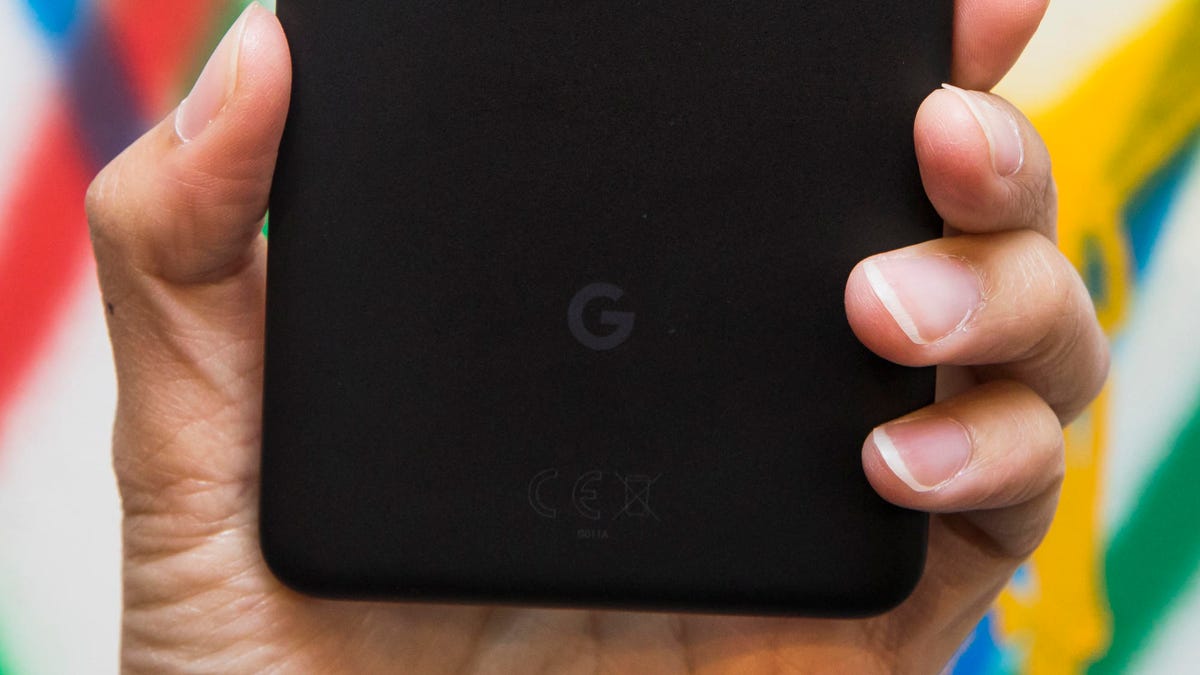Pixel 2's squeezable sides come with a catch
The Galaxy S8 and Note 8 make this mistake, too.

Google's new Pixel 2 and Pixel 2 XL phones do something most devices don't: they'll launch an app when you squeeze the sides. Just one app, though: Google Assistant.
Sounds kind of cool, right? If you're grabbing your phone out of your pocket or purse and want to light up Google Assistant to ask a question, clasping a Pixel 2 is a quick, easy way to call forth the app, without having to poke around at the home button. It'll work if the phone's in a case, too.
If you've never heard of the HTC U11 , this might seem like novel technology. In fact, it's a clipped version of what HTC's earlier phone for 2017 can do.
The first phone with pressure-sensitive sides, a short squeeze on the U11 would open one app, while a long squeeze would open a different app. HTC suggested some preset actions, like toggling the flashlight or voice recorder on and off, or even, yep, opening Google Assistant with your grip.
But the HTC U11's real power for buyers was that it let you program almost any app to open to your palm's pressure, not just the ones HTC selected.
It's not surprising to see a form of the U11's pressure-sensitive sides show up on the Pixel 2 and Pixel 2 XL, where it's called the Active Edge, since the phones were made with HTC's help. But it is too bad that Google limits you to opening a single app. (You can also silence an incoming call with a squeeze.)
The U11's sides were too gimmicky to be your sole reason to buy that phone, but I loved that you get to decide which shortcuts you want, rather than HTC deciding for you.
Just like the Galaxy S8 and Note 8
Google's focus on Google Assistant echoes Samsung's decision to make its physical button launch Bixby Voice -- and only Bixby Voice -- on the Galaxy Note 8 and S8 phones.
You can't program the Bixby Voice button to launch other apps.
Samsung won't let you reprogram the Bixby Voice button to open other apps. Your only option is to disable the Bixby button.
Samsung's Bixby lock-down exists entirely to force Galaxy owners to use Bixby Voice, a new feature that Samsung wants to put on your Samsung washing machine, TV, refrigerator and so on.
Is Google doing the same? It's possible.
Google Assistant is already on every Android phone running version 6.0 and above. And Google just announced that Assistant on Pixelbook marks the first time it'll come to any laptop. With Google Assistant on Google Home and Google TV as well, the tech giant clearly wants to beat Amazon's Alexa, Apple's Siri and yeah sure, Samsung's Bixby Voice app, to become your go-to voice sidekick.
Of course, it's also possible that Google will make the Active Edge work with more apps in the future. I hope that's the case. The Pixel 2's squeezable sides should be open to any app you want.

